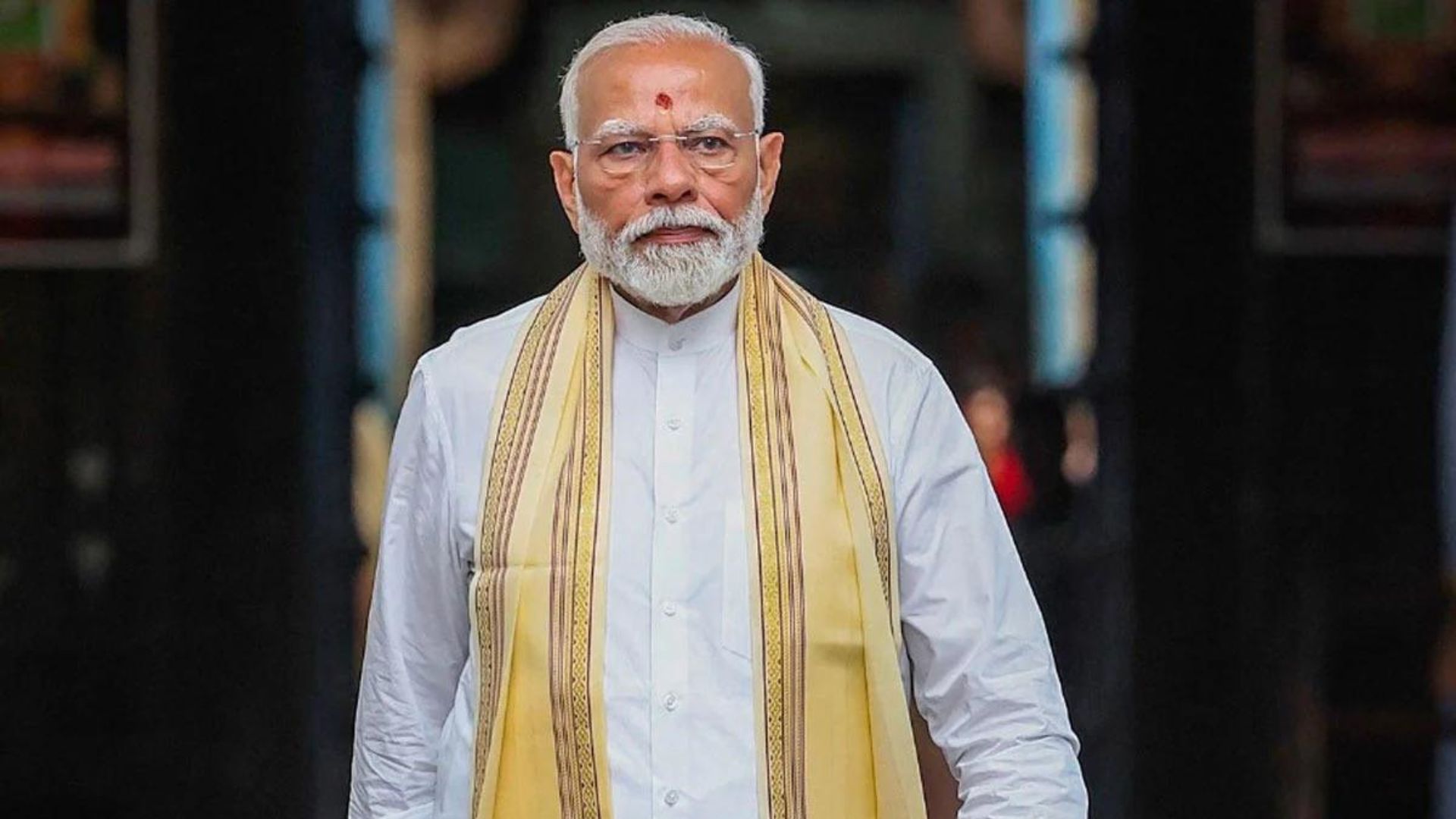
Now that it’s clear that Narendra Modi is returning as Prime Minister of India for the third time, what will be the agenda of Modi 3.0? The PM has said that “the country will write new chapters of big decisions” in his third term and that he will hit “hard on corruption”. Looking back at Prime Minister Modi’s two tenures in power, the biggest decision perhaps was the abrogation of Article 370, which has had consequential effects and has changed the face of Kashmir, one of the offshoots of which was the smooth conduct of the Lok Sabha elections in the valley, with huge participation from Valley residents. Two of the biggest but toughest decisions in the third term could have been be the implementation of the uniform civil code and “one nation one election”. The latter, would require a 2/3 majority for amending the Constitution, which the Bharatiya Janata Party-led National Democratic Alliance government does not have. Hence, even though some work has happened towards this, in terms of a report submitted by a committee led by former President, Ram Nath Kovind in March this year, a big question mark hangs on its fate. Even for uniform civil code, it can be tabled in Parliament only when consensus is built among allies, some of whom will look at what the electoral consequences of such a code will be for them. It has to be seen how the government navigates these turbulent waters and how convincing it is in presenting its arguments to all the sceptics. This will also require reaching out to parties across the aisle and will need some skilful floor management in Parliament. UCC needs to be pushed as a gender law. It’s needed to protect the interests of women, who often do not get the best out of personal laws. When countries the world over have a uniform civil code which is followed by all communities, why cannot India introduce this reform?
One of the defining features of the Modi government has been the push for industrialisation and infrastructure building. Given that Chandrababu Naidu, recognised as a “technocrat”, is now a part of the NDA, Modi 3.0 is expected to gain from his expertise. However, while building bigger and better, what needs to be remembered is that any big ticket decision ultimately affects the common man. It is his land that is taken, it is he who has to be rehabilitated, given adequate compensation and alternate means of livelihood. To give an example, building the Vishwanath Corridor in Varanasi was painstakingly meticulous, because of which there were zero complaints from those who had to give up their homes and shops for the project. This may not have been the case with the Ayodhya Ram temple, which may have contributed to the BJP’s defeat in the Faizabad constituency where the temple is located.
In this context, mention must be made of land acquisition reforms, as it is at the grassroots that understanding has to develop about investments, for which land has to be given up for a fair compensation. As outgoing Finance Minister Nirmala Sitharaman has been saying, the next stage of reforms has to be at the level of the third tier of elected government, which is the local government, both at the municipal level and at the level of the panchayats. With its focus on improving ease of doing business in India, this is an area that is expected to get an extra push in Modi 3.0.
Agricultural reform too is the need of the day, but got derailed in Modi 2.0 because of protests by farmers primarily from Punjab. Introducing this reform will be tricky—given the vested interests opposed to any such reform—but is essential. One way out of it could be taking the state route to initiate the process, as agriculture is a state subject. The states run by the NDA parties need to take the first step towards this.
Job creation is expected to be a major focus of Modi 3.0. But the message needs to go down to the grassroots that government jobs for lakhs and lakhs of youth are next to impossible, and whoever is promising that, is not speaking the truth. It is better to create employment opportunities while also encouraging entrepreneurship.
Digitalization is also expected to get a further push during Modi 3.0, as well as healthcare and education.
When the Prime Minister speaks of hitting “hard on corruption”, one of the areas of focus will be eliminating corruption faced by the common citizen at the grassroots.
The last 10 years show that even the best of laws or programmes can get derailed or get a bad name, as in the case of CAA, for the lack of proper communication. In this age of social media, it is easy to manipulate information and spread that. Being reactive or fire-fighting when misinformation has already spread does not work. The need is to pre-empt any such attempt. It is in this area that the communication managers of the new government can do a better job. Overall, as it has been in the past 10 years, all policies and programmes are expected to be citizen-centric, with the focus on improving the lives of the common Indian.